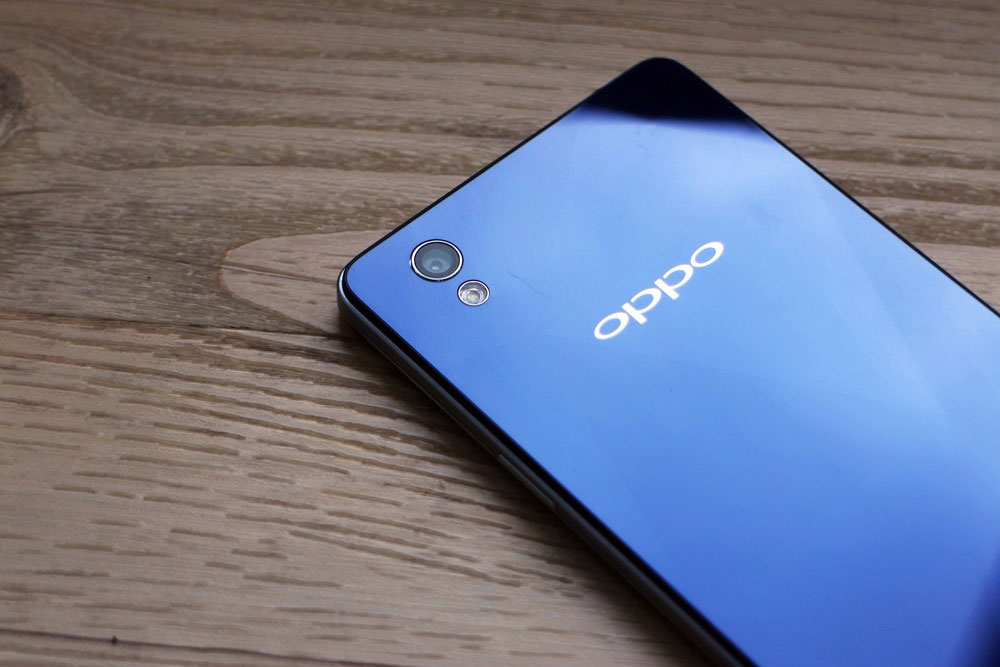Apple and OPPO aren’t the only manufacturers that have made a bet on supersized devices lately. Lenovo has thrown its hat into the ring, too, with the announcement of the Phab Plus at the recently held IFA 2015 consumer-electronics fair in Berlin. Today, Lenovo has made the product official in the Philippines.
Part phone and part tablet, this new crossover from China fits a massive full-HD screen that spans 6.8 inches diagonally (whoa, nelly!) in a metal unibody casing that measures 7.6mm in depth. The Phab Plus is looking to benefit from a burgeoning trend among smartphone users: Lenovo has observed that fewer people are using their phones for voice calls now, as more and more are using text messaging to communicate.
Part phone, part tablet, this crossover from China fits a massive screen that spans 6.8 inches in a metal unibody casing that measures 7.6mm in depth.
And expressing your thoughts and feelings and needs and wants promptly using text (or emojis) is something the Phab Plus indeed does with great success — provided you’re okay with two-handed thumb typing.
Alas, the use of both hands to get work done as quickly as possible is the overarching disclaimer attached to the Phab Plus. Because as much effort as Lenovo put into making this phone-tablet hybrid easier to operate in portrait mode (Lenovo engineered the Android Lollipop-based UI with a few software features that improve handling), it’s still too big to use with one hand.
The use of both hands to get work done as quickly as possible is the overarching disclaimer attached to the Phab Plus.
Specs-wise, the Phab Plus sees an octa-core Snapdragon 615 processor humming under the hood, alongside 2GB of RAM and 32GB of expandable storage. Also on deck are 13- and 5-megapixel main and secondary cameras and a 3,500mAh non-removable battery, which comes as a bit of a shock given the 6.8-inch footprint.
The Lenovo Phab Plus sells for P14,999 and is now available in all Allphones stores nationwide.
Lenovo Phab Plus specs (Price in the Philippines: P14,999):
* Dual SIM with LTE support
* 1.5GHz 64-bit, octa-core Qualcomm Snapdragon 615 CPU
* Adreno 405 GPU
* 2GB RAM
* 32GB internal storage
* microSD card slot (up to 64GB)
* 6.8-inch IPS display (1,080 x 1,920 resolution)
* 13-megapixel rear camera with dual-LED flash
* 5-megapixel front camera
* 3,500mAh battery
* Android 5.0 Lollipop











































































